My MIL Mocked Me at My Husband’s Birthday Party—I Gave Her a Brutal Reality Check

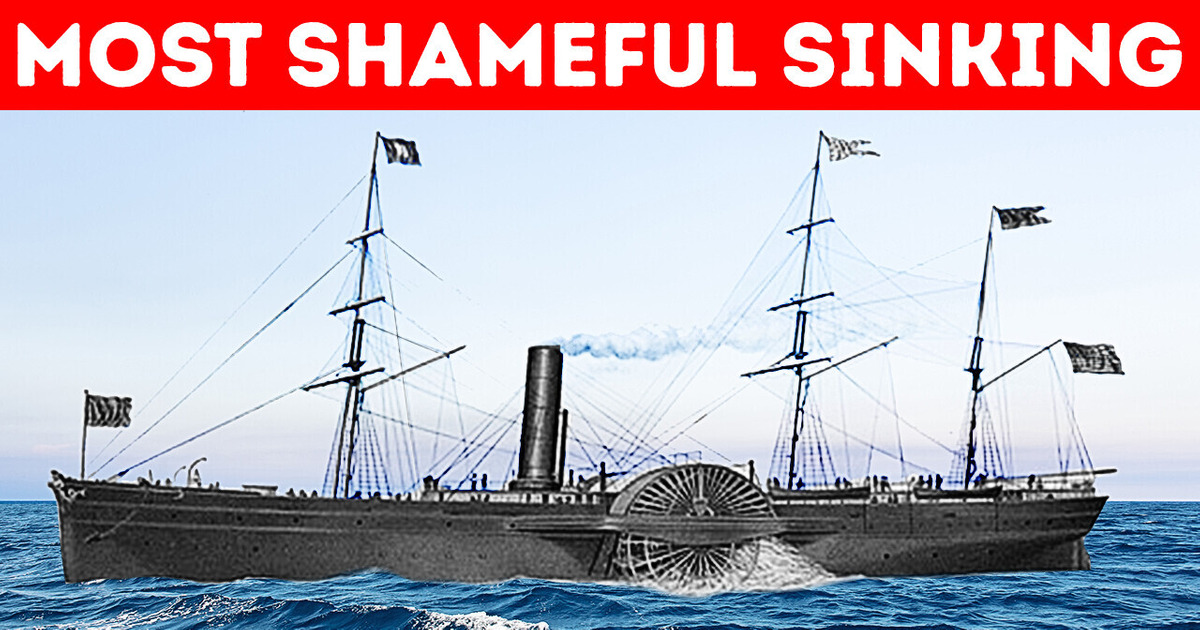
The year was 1854, and the SS Arctic, the fastest passenger liner of its time, set out to cross the Atlantic. As it sailed through the misty veil, it slowly disappeared into the unknown.
The Collins Line, an American shipping company, was started in 1818 and only began seriously trading in the transatlantic by 1835. Its steamships crossed the Atlantic from Liverpool to New York within just 10 days. Doesn’t sound like a great speed today, I know. But back then, the same thing took other ships several weeks.
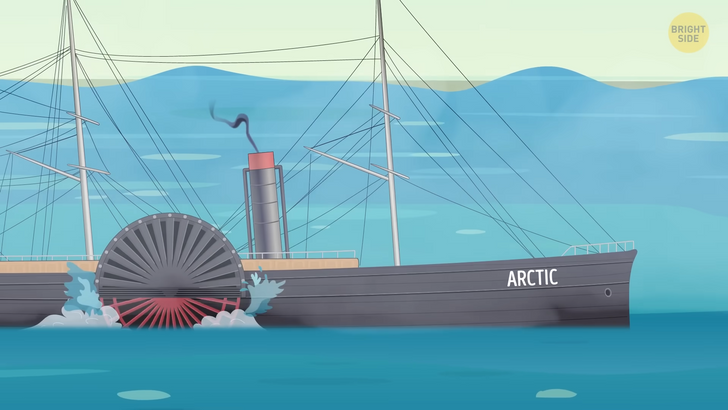
Light on the water with their wooden hulls, powering through with a strong steam engine, those steamships were the favorite choice for many high-profile people. What could go wrong with such an advanced ship — they thought. This reminds me of some other ship everyone believed to be “unsinkable.” But anyway, back to the Collins Line. It grew to be a serious contender on transatlantic routes, with only one other competitor, the Cunard’s Line. It was a British company also aiming to be the main force through the Arctic passage. In 1835, the company received a new ship that traveled to Liverpool and came back to New York with the largest cargo ever at that time. From then, the Collins Line was steadily growing. It seemed like there would only be future successes for it.
Unfortunately, their lavish ships became costly to run with the amount of coal used. Massive power along with weak wooden hulls meant they needed many repairs after each voyage. So, every trip ended up being expensive. But since the ships were safe and had a great reputation, people were willing to pay the price, and the company was definitely not in crisis. They had achieved something no one had managed to do before them. Like I told you, their ships crossed the Atlantic in a whopping 10 days. And Edward Collins, the owner, was very determined to maintain the pace. Their 5 ships easily outran the Cunard’s line of only 3. With this great praise, it provided more attention.
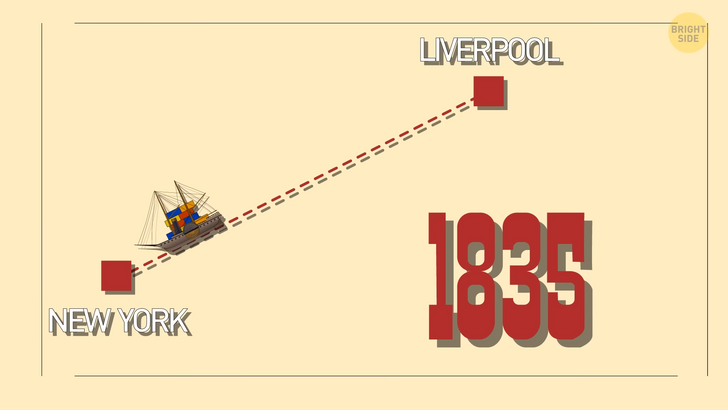
Though the Cunard’s ships were slower, with their iron hulls, they believed there was still profit, regardless of how slowly they sailed. Among Collins’ ships, the Arctic, the third of them to be launched, was the largest, reaching 284 feet long, with two side-lever steam engines, each with 1,000 horsepower. The paddle wheels made 16 revolutions a minute, when at full speed. At the time of its launch, the press called it — “the most stupendous vessel ever constructed in the United States”. But glamour and fame couldn’t avoid what would come next. On the 27th of September, the Arctic was on its journey from Liverpool to New York, continuing a speed pace through the thick fog. It’s possible that by that moment, after 4 years of record-breaking trips, the crew became overconfident with their sailing and the ship.
Going only 50 miles from Newfoundland, they carelessly continued through the fog with no radio contact, sonar, or any other form of identifying objects, equipped only with Morse code. A smaller ship, the SS Vesta, which operated as a fishing vessel, often worked around Newfoundland. It was passing through the same path as the Arctic and crashed into its side. Shocked by the collision, the Captain of the Arctic offered help to the much smaller Vesta. But it was soon clear that the damage that seemed minor on the Arctic was far worse. Beneath the waterline, a hole was letting water into the hull. The cost of the much faster wooden hull now seemed less valuable. They steered towards land trying to plug the holes. But they weren’t doing so well, and the seawater continued to pour in, filling up higher, and pushing the ship down.
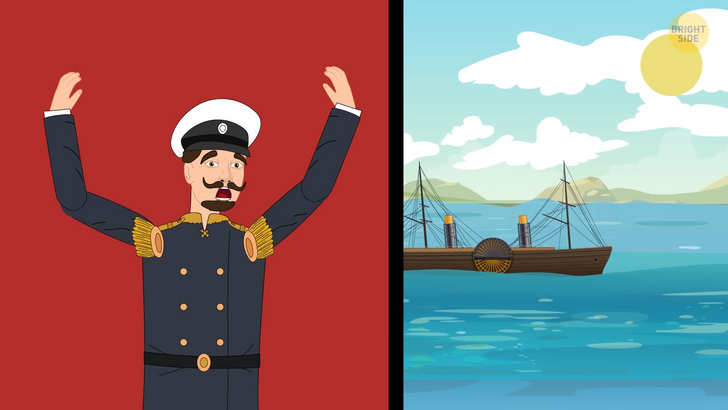
And finally, once the engine room was full, it put out the boilers, taking away the massive power the Arctic was once legendary for. They moved slowly until coming to a complete stop. The ship continued to sink, and the order was to abandon it. At the time, maritime law allowed for the Arctic to carry only 6 lifeboats, only capable of saving 180 people. The crew and some of the passengers managed to push their way aboard and took most of the seats on those boats. Things were pretty wild, and everyone forgot about their manners, not letting the ladies and the youngest ones board first. It took four hours for the Arctic to sink. 150 crew and 250 passengers were on board. Those that weren’t able to find a lifeboat made a desperate attempt to build their own rafts from parts of the ship.
Two days later, only three boats made it safely to the shore, the other three were never found. Believe it or not, the rescue party also saved some people that had been clinging to the wreckage for 2 days. Unlike the crew, the captain went down with the Arctic but amazingly survived. He would be only 1 of 85 people that made it, out of the 400 onboard. When the news arrived two weeks later, the public responded with great sadness to the losses. Great anger soon followed towards the poor safety measures and the crew. The press published demands to change the laws for more lifeboats. It only made sense to have enough for every person on board a ship. But they ignored those requests. This neglect would lead to more disasters in the future. Enough lifeboats would only come into maritime law some 60 years later, after the disaster of the Titanic.

Edward Collins’ wife and two children were also aboard the ship and didn’t return. He was heartbroken but didn’t stop running his business. The Collins line still had a reputation to uphold: the biggest, the fastest, and the most luxurious on the Atlantic. Edward Collins would now build an even better ship than any other. It was named the Adriatic, and it was the largest ship in the world [354 feet long], with two alternating steam engines that had never been built of this size. These steam engines at the time were at the height of engineering, though today you can only see them in models and toys. With the new addition of two masts, the Adriatic would also be able to sail if needed. Luckily, they made some lessons from the disaster of the Arctic. But before their new ship the ‘Adriatic’ was built, another disaster had occurred. The sister ship of the Arctic had also sunk.
They believe this second ship was desperate to stay in front of the Cunard’s line and hit an iceberg somewhere during the race. This weird contest took the lives of 141 people. The desperation of Collins and his weakly built hulls pushed the company towards bankruptcy in 1858. The newly built Adriatic, costing over $1,000,000, had only made one voyage in the end. And even that voyage was considered a disaster. The ship collided with a tugboat. It still managed to finish its maiden voyage at a suitable time. After the company had gone bankrupt, they had to sell the ship for only $50,000. They removed the great giant engines replacing them with only sails. Although it was once the greatest ship on the high seas, it was only 30 years later until it was abandoned, labeled irreparable, and anchored in a river.
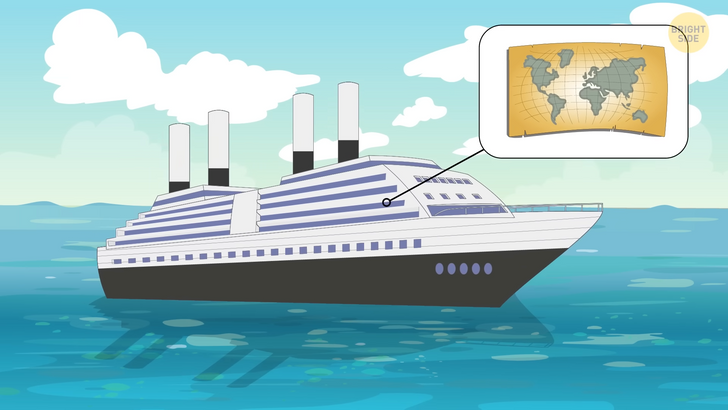
The other remaining ships were also sold and only used for parts. Edward Collins left the industry altogether, seeking work on dry land instead. As the Collins line was no longer in the mix, the Cunard’s would grow in strength. Without competition, they would win the Blue Riband for the next 30 years and 180 years later, after producing hundreds of ships. They still have a constant presence on the seas as they provide transatlantic crossings, world voyages, and leisure cruises. To this day, the Cunard Line is the only one to run ships between Europe and America. And it’s great proof that it’s not always the fastest that’s the best.











